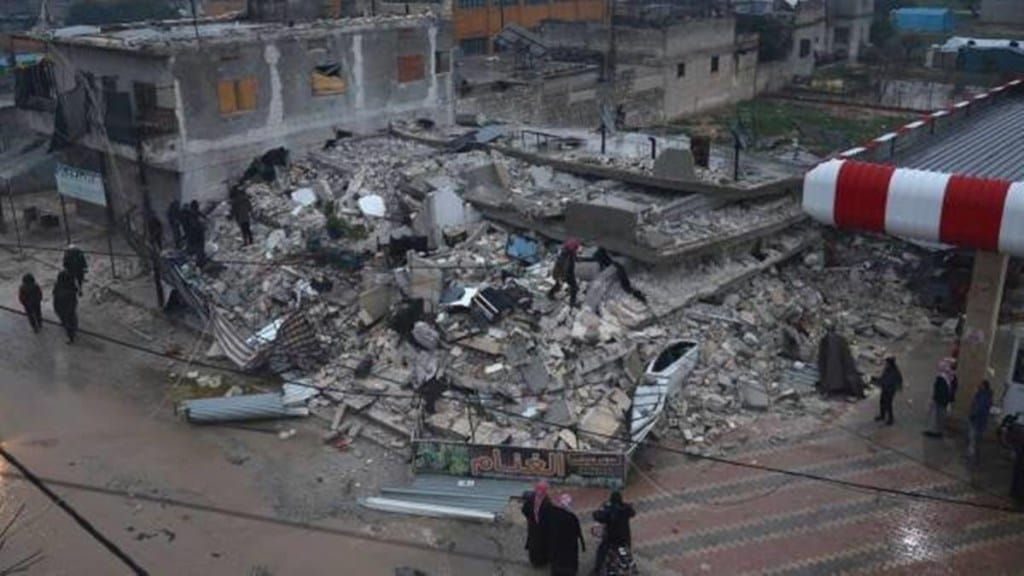Over 20,000 people have died in Syria and Turkey due to a series of powerful earthquakes that have affected both countries. The devastating earthquakes also destroyed various historical monuments in the region.
In addition, the damage caused by the earthquakes has also affected parts of Syria that were ravaged by a 12-year war. This war has destroyed some of the country’s most prominent historical architecture.
According to Turkey’s government, over 5,600 buildings were destroyed in the country due to the earthquakes. The UN’s cultural agency, UNESCO, warned that several of the region’s heritage sites might have also been damaged.
Here are some of the key monuments that were impacted by the earthquakes
Gaziantep Castle, Gaziantep
One of the most prominent heritage sites that were severely damaged was the castle known as Gaziantep Kalesi in the city of Gaziantep in Turkey. It was built during the second century AD and was partially destroyed with many of its walls and watch towers levelled, and other parts damaged.
Various bastions of the Gaziantep Castle were reportedly destroyed by the earthquake. According to Turkey’s Anadolu news agency, the debris from the castle was scattered on the road.
Originally constructed as an observation point, the castle was eventually turned into a full-fledged structure by the Romans. The castle has been a popular tourist destination, as its long history shows how the city’s ancient roots can be seen in this region. The multiple conquerors and visitors who have come to this area over the centuries have also contributed to its popularity.
Sirvani Mosque, Gaziantep
One of the most prominent structures that were severely damaged during the earthquake was the 17th-century mosque located near the castle. According to a news agency, the dome and wall of the mosque partially collapsed.
One of the oldest mosques in the city of Gaziantep, the Sirvani Mosque has long been regarded as an architectural wonder. Its towers have two balconies, which are unlike those found in other mosques.
Antaka
A city known as Antakya was founded in 300 BC and used to be a major centre of early Christianity. It was also a trading post along the Silk Road. It has since been ruled by various groups, such as the Greeks, the Romans, and the Ottomans. Authorities stated that the town of Antakya, also the capital of Hatay province in south-central Turkey which had around 250,000 inhabitants, had been completely destroyed.
Many of the stores and shops along Independence Road, which was the first illuminated street in the world, had collapsed.
Aleppo
The ancient city of Aleppo, which dates back to 4,000 BC, is known as one of the oldest continuously inhabited cities in the world. It is also the second-largest city in Syria. During the civil war in Syria, many of its ancient monuments were destroyed.
The Ayyubid mosque’s dome and part of its minaret had reportedly fallen off. According to Syria’s Directorate-General of Antiquities and Museums parts of the fort’s entrance had also been damaged.
In a statement, UNESCO stated that the western tower of an old city wall had collapsed. The organization also reported that several structures in the souks had been weakened.
